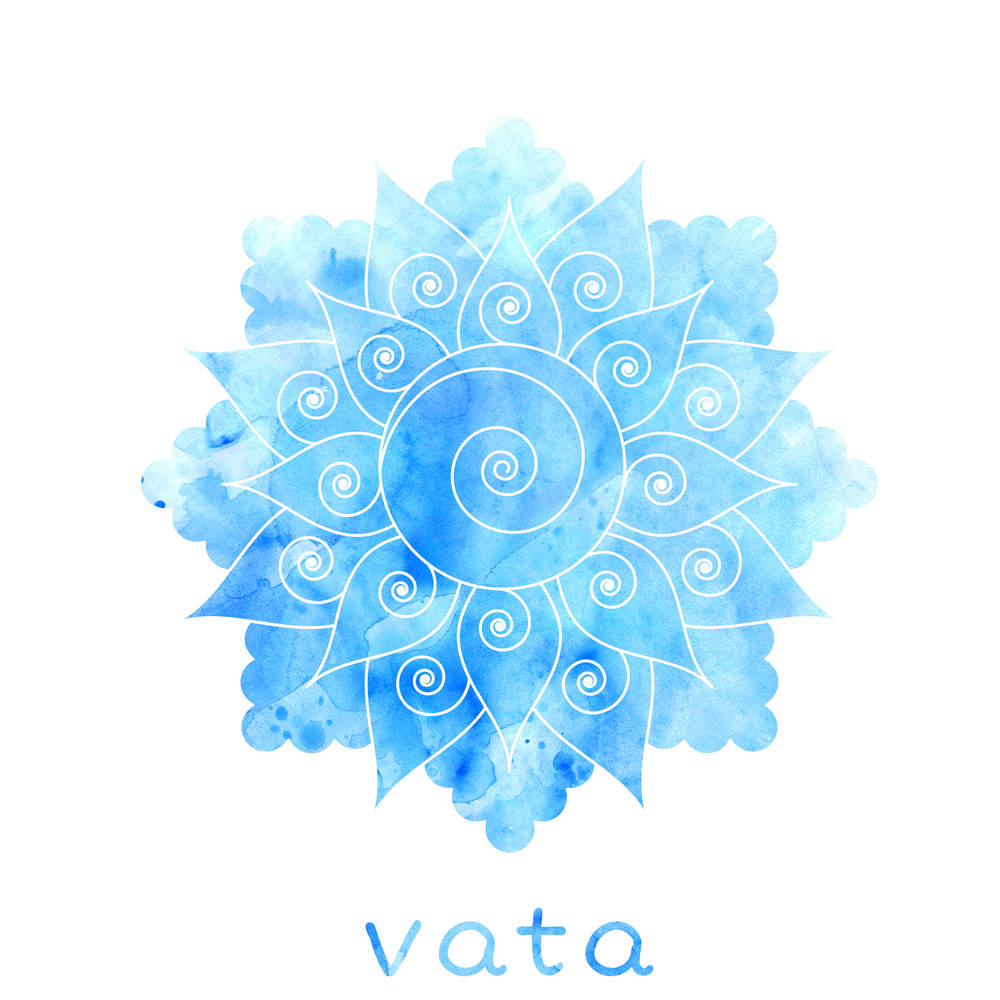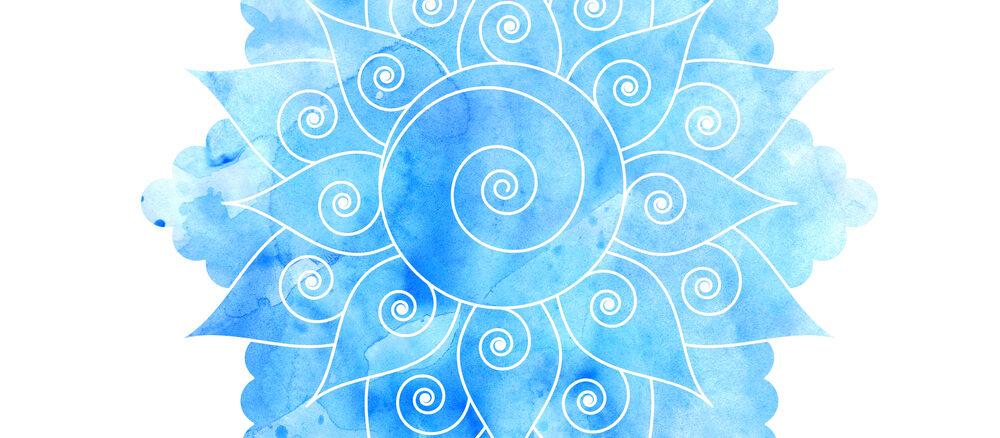
Introduction:
In Ayurveda,
Vata dosha is considered one of the three fundamental energies that govern the functioning of our body and mind. Vata represents the qualities of movement, creativity, and dynamism. Understanding Vata dosha and its influence on our health and well-being can provide valuable insights into maintaining balance and harmony in our lives. In this blog, we will explore the characteristics of Vata dosha, its imbalances, and practical tips for balancing Vata for optimal health.
Characteristics of Vata Dosha:
Vata is composed of the elements air and space (ether). It is characterized by the following qualities:
Mobile and Light: Vata is inherently mobile, responsible for all movements in the body, including circulation, respiration, and nerve impulses. It is also associated with lightness and agility.
Cold and Dry: Vata tends to have a cold and dry nature, which can manifest in the body as dry skin, constipation, and sensitivity to cold weather.
Irregular and Quick: Vata is known for its variability and quickness. People with dominant Vata dosha may exhibit spontaneous and unpredictable behavior and have a fast-paced thought process.
Creative and Energetic: Vata is associated with creativity, enthusiasm, and vitality. It fuels our imagination, inspiration, and adaptability.
Imbalances of Vata Dosha:
When Vata dosha becomes imbalanced, it can lead to various physical and emotional symptoms. Some common signs of Vata imbalance include:
Digestive Issues: Vata imbalance can cause irregular digestion, bloating, gas, and constipation
Dryness: Imbalanced Vata can lead to dry skin, hair, and nails, as well as dryness in the joints and mucous membranes.
Anxiety and Restlessness: Excessive Vata can result in anxiety, restlessness, and difficulty in focusing or staying grounded.
Insomnia: Vata imbalance may disrupt the quality of sleep, causing difficulty in falling asleep or staying asleep.
Joint and Muscle Pain: Vata imbalance can contribute to joint stiffness, cracking, and muscle aches
Balancing Vata Dosha:
To restore balance to Vata dosha, Ayurveda offers several practical recommendations:
Warmth and Nourishment: Incorporate warm, cooked foods into your diet, including nourishing soups, stews, and herbal teas. Avoid cold, dry, and raw foods that can aggravate Vata
Routine and Grounding: Establish a daily routine that includes regular mealtimes, sleep patterns, and self-care practices like gentle yoga, meditation, and warm oil massages to promote grounding and stability.
Hydration: Stay hydrated by drinking warm water throughout the day. Herbal teas with calming and warming properties, such as ginger or cinnamon, can also be beneficial.
Oil Massage: Perform self-massage with warm sesame oil or Vata-balancing oils to nourish the skin, calm the nervous system, and promote relaxation.
Gentle Exercise: Engage in gentle and grounding exercises like yoga, tai chi, or walking in nature to balance Vata’s mobile nature without overexertion.
Calming Lifestyle: Create a soothing and calm environment at home and work. Avoid excessive stimulation from electronic devices and create space for relaxation and reflection.
Conclusion:
Balancing Vata dosha is crucial for maintaining overall health and well-being. By incorporating Ayurvedic principles and practices into our daily lives, we can nurture Vata’s qualities of movement, creativity, and vitality while preventing imbalances that can lead to discomfort and disease. Embracing a Vata-pacifying lifestyle, nourishing foods, and nurturing self-care practices can help us find harmony and thrive in a fast-paced world.


